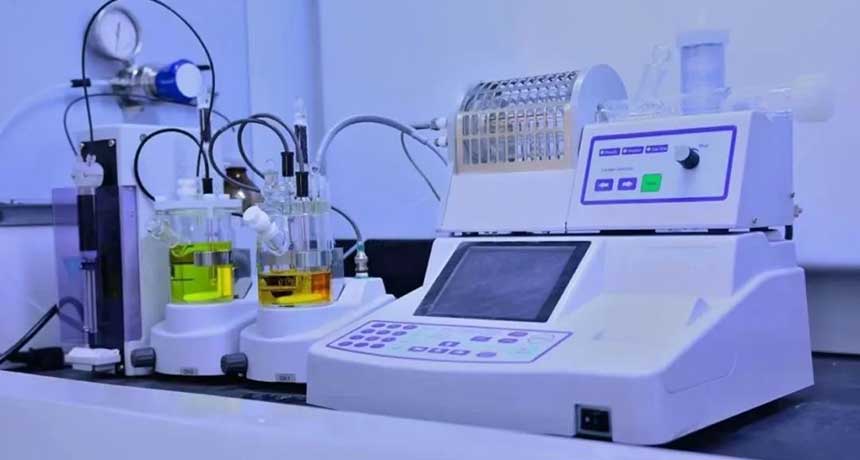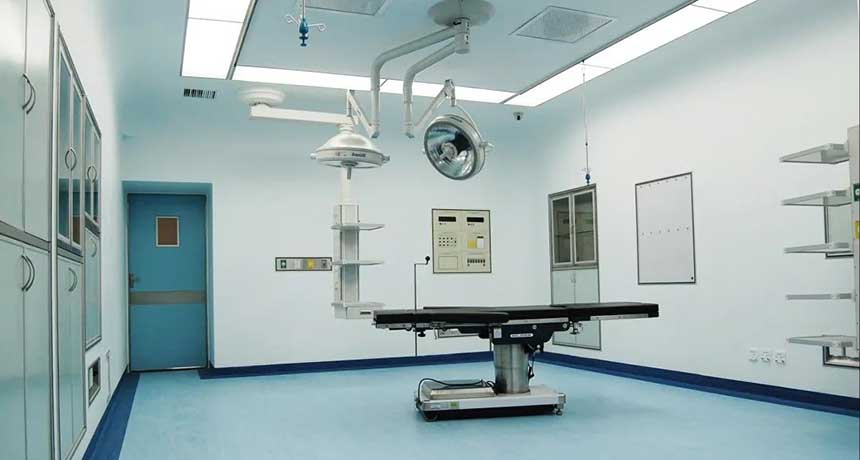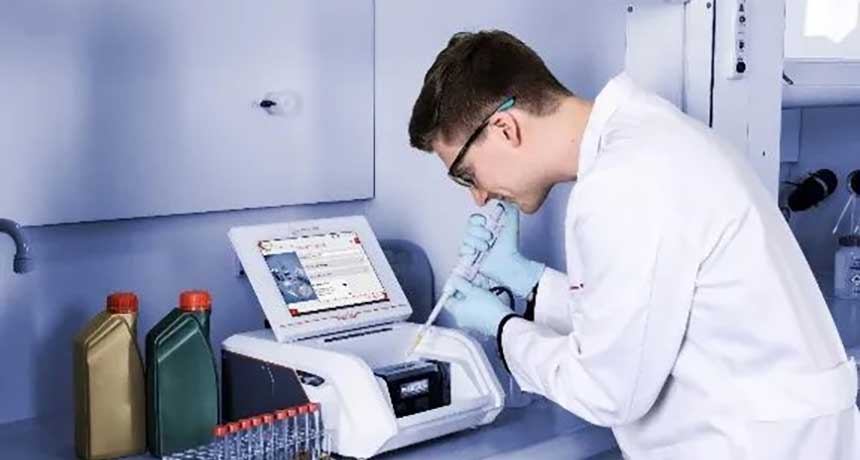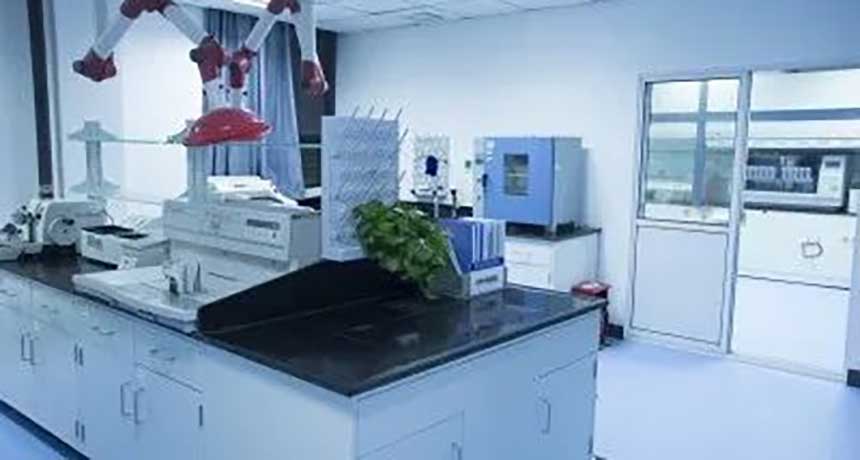I believe many patients have such questions, and doctors working in hospitals have also encountered many such questions. As a doctor in the imaging department, today we will talk about the characteristics, advantages and disadvantages of these different imaging examinations, and their respective Applicable examinations and how to choose these imaging examinations can effectively and timely understand the condition.
The principle of X-ray photography is based on the differences in density and thickness between human tissues. When X-rays pass through different tissue structures of the human body, they are absorbed to different degrees, so the amount of X-rays reaching the screen or film is different, forming For images with different contrasts between light and dark or black and white, on plain films, the whiter they appear, the higher the density.
Advantages: small radiation, low price, fast imaging, and high spatial resolution.
Disadvantages: DR is an overlapping image, so its density resolution is not as high as that of CT. Tissues, organs and lesions with small density differences are difficult to distinguish, and it is easy to miss diagnosis.
Applicable examinations: X-ray examination is mainly used for the preliminary examination of some diseases, which facilitates the discovery of tissues and structures with obvious lesions. It is the preferred examination method for primary screening of diseases; it is mainly used in the skeletal system, chest, gastrointestinal tract, mammography and Special imaging and other examinations.
Skeletal system: It is the preferred method for X-ray plain films. It can be used for whole-body skeleton examination to observe whether there are fractures, bone destruction, tumors, the scope and nature of tumors, and whether there is dislocation of bones and joints. X-ray examination can be performed on the limbs It has good advantages in the qualitative aspects of fractures and some bone tumors.
Chest: Mainly used to screen for chest lesions, such as lung infection, space-occupying, enlargement of the heart and mediastinum, etc.
Abdomen: Used to determine whether there is pneumoperitoneum in the abdominal cavity, whether there is intestinal obstruction and its type of obstruction, whether there are large positive stones in the urinary tract; to determine whether there are foreign bodies in the abdominal cavity, and to understand the shape and location of the opaque contraceptive ring.
Mammography: Mainly used for breast cancer screening in high-risk women to detect early occult breast cancer.
Special angiography (needs the use of contrast agents such as barium sulfate and iopamidol): including gastrointestinal tract angiography, intravenous pyelography (IVP), T-tube angiography, hysterography, etc., which is very effective in treating gastrointestinal ulcers, masses and peristaltic function. It also has good diagnostic value for urinary tract stones and kidney excretion function. It also has certain advantages for leakage of some hollow organs.
2. Advantages, disadvantages and applicable examinations of CT examination:
The imaging principle of CT is to use X-ray beam to continuously scan and image the cross-section around a certain part of the human body.
Advantages of CT examination: 1. Convenient and rapid examination; 2. High density and resolution; 3. Clear images and clear anatomical relationships; 4. It can provide cross-sectional images without tissue overlap, and can reconstruct different planes; 5. Using contrast agent for enhanced scanning not only improves the detection rate of lesions, but also assists in qualitative diagnosis.
Disadvantages of CT examination: 1. CT examination involves certain radiation. 2. The resolution of soft tissue is low, and it is difficult to distinguish tissues and lesions with similar density, so enhanced scanning is required.
CT examination has a wide range of applications, and CT scans can be performed on basically the whole body. CT examination is divided into CT plain scan and CT enhanced scan.
CT plain scan refers to an ordinary scan, which is mainly used for examinations where X-ray screening is unclear or lesions need to be further clarified, or for some areas where X-ray examination is insensitive (such as the brain) and some more detailed physical examinations. and some tests that need to rule out other pathologies.
Enhanced CT scan is a method of injecting iodine (such as iopamidol) intravenously with a high-pressure syringe on the basis of plain CT scan and then scanning. Enhanced CT can provide more information about the lesion, such as its blood supply, enhancement characteristics, degree of enhancement, and relationship with surrounding structures. It is mainly used for examinations in which lesions found in X-ray and CT scans need to be further positioned and characterized, as well as to understand the relationship between the lesions and surrounding structures, etc.
After CT enhancement, post-processing is used to reconstruct the blood vessels (CTA) to understand whether there are occlusions, aneurysms, etc. of the blood vessels. In addition, a perfusion scan can be performed on a certain part to understand the uptake, metabolism and other functions of the cells in the part, such as cerebral perfusion. Imaging (CTP) can understand the extent of brain cell infarction.
3. Advantages, disadvantages and applicable examinations of MRI examination:
The basic principle of magnetic resonance imaging (MRI) is to place the human body in a special magnetic field and use radio frequency pulses to excite the hydrogen nuclei in the human body, causing the hydrogen nuclei to resonate and absorb energy. After stopping the radio frequency pulse, the hydrogen atom nucleus emits a radio signal at a specific frequency and releases the absorbed energy, which is collected by the receptor outside the body and processed by an electronic computer to obtain an image. MRI has been used for imaging diagnosis of various systems throughout the body. The best results are found in the brain, spinal cord, heart and great blood vessels, joints, bones, soft tissues and pelvic cavity.
Advantages of MRI examination: 1. No ionizing radiation damage. 2. Soft tissues and anatomical structures are clearly displayed, and it is better than CT for examining the central nervous system, bladder, rectum, uterus, vagina, joints, muscles, etc. 3. Multi-sequence, multi-directional imaging can be used with various functional imaging technologies to provide richer imaging information to clarify the nature of lesions.
Disadvantages of MRI examination: 1. Motile organs, such as the gastrointestinal tract, are often unclearly displayed. 2. The imaging effect is not good for parts such as the lungs that lack protons. Magnetic resonance imaging is also not as accurate and sensitive as CT in displaying calcifications and bone lesions. 3. It is not suitable for people with metal objects left in their bodies, such as those with pacemakers and contraceptive rings. 4. Not suitable for critically ill patients. 5. Patients with claustrophobia are not suitable for examination. The examination cost is slightly higher than that of CT, it takes a long time, and the noise during operation is loud.
MRI is also divided into plain scan and enhanced scan.
MRI plain scan refers to an ordinary scan that does not require the injection of contrast agent, including diffusion functional imaging and magnetic sensitivity functional imaging (some special scanning sequences); it is mainly used for diagnosis of muscle soft tissue, nerves, ligaments, etc. Diffusion functional imaging is very sensitive in diagnosing acute and non-acute cerebral infarction, and is also valuable in the characterization of benign and malignant tumors. Magnetic sensitivity has obvious advantages in diagnosing microbleeds. In addition, it can also perform arterial vascular imaging (MRA) without injecting contrast agents. , MRV).
Enhanced MRI scan is a method in which contrast agent (such as gadopentetate dimeglumine) is injected intravenously on the basis of plain scan and then scanned. It is generally used for further examination when there is a high clinical suspicion of a lesion but no clear abnormality is found on plain scan; or the lesion cannot be clearly distinguished from adjacent structures, and it is necessary to strengthen the examination to understand the edge of the lesion, internal structure and blood supply; or the qualitative and quantitative analysis of the mass/tumor Determine whether there is invasion of surrounding structures; or vascular lesions need to be enhanced to more clearly display blood vessels and vascular lesions.
4. How to choose these imaging examinations to be more suitable and effective?
Generally speaking, X-ray is the first choice for preliminary examination, especially lung examination and fractures; CT plain scan is the first choice for detailed examination. For craniocerebral trauma and stroke, CT plain scan is the first choice, and MR is supplemented; when cerebrovascular disease is suspected, CTA and MRA are chosen , MRV examination; for acute cerebral infarction, choose MR diffusion imaging examination, if microbleeding is suspected, choose magnetic sensitivity examination; if you want to know the extent of cerebral infarction, choose cranial perfusion; for mass occupying and tumors, choose CT plain scan + enhanced, MR plain scan + enhanced as a supplement .
To sum up, choosing a suitable and effective imaging examination requires comprehensive consideration of multiple factors such as clinical diagnostic needs, advantages and limitations of imaging examination methods, patient safety and comfort, cost and efficiency. It is recommended that you work closely with clinicians, consider the above factors based on the specific situation, and choose the most appropriate imaging examination method to ensure that patients get the best diagnosis and treatment results.






